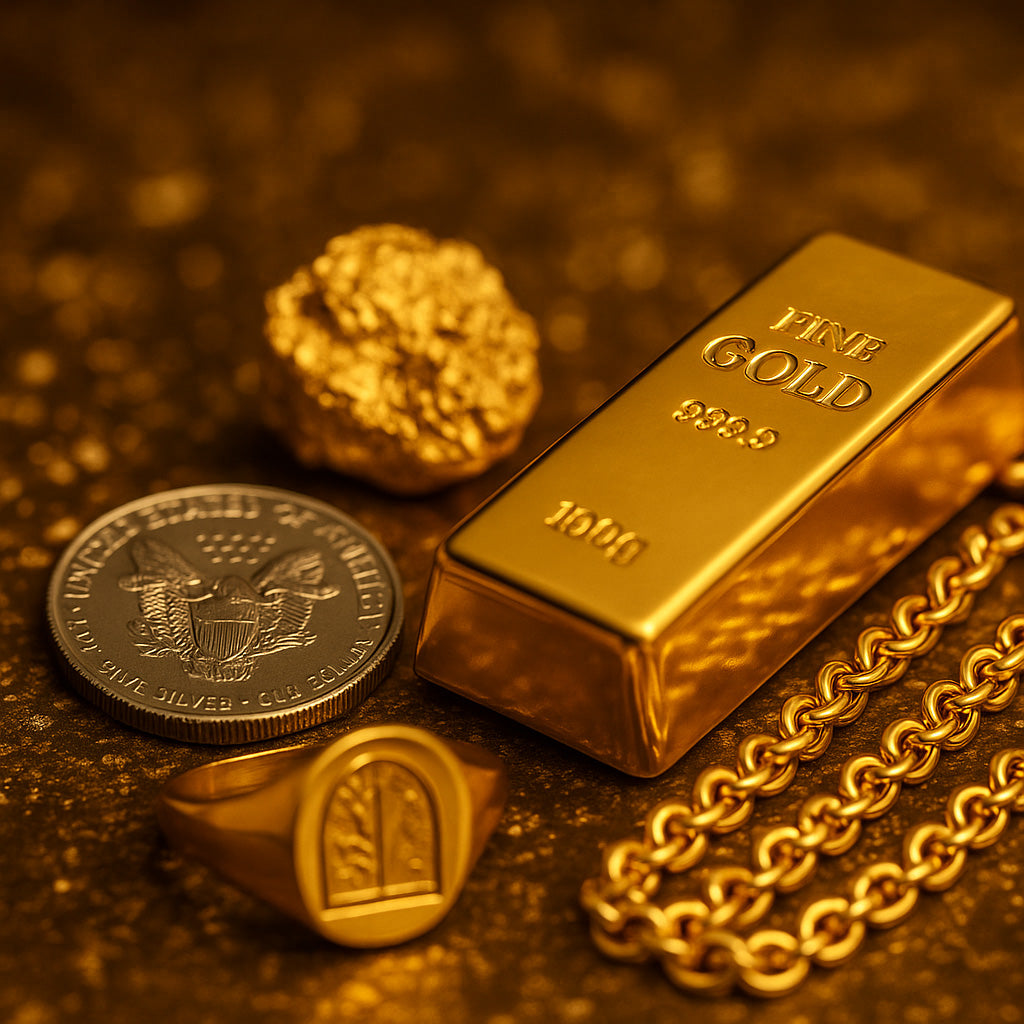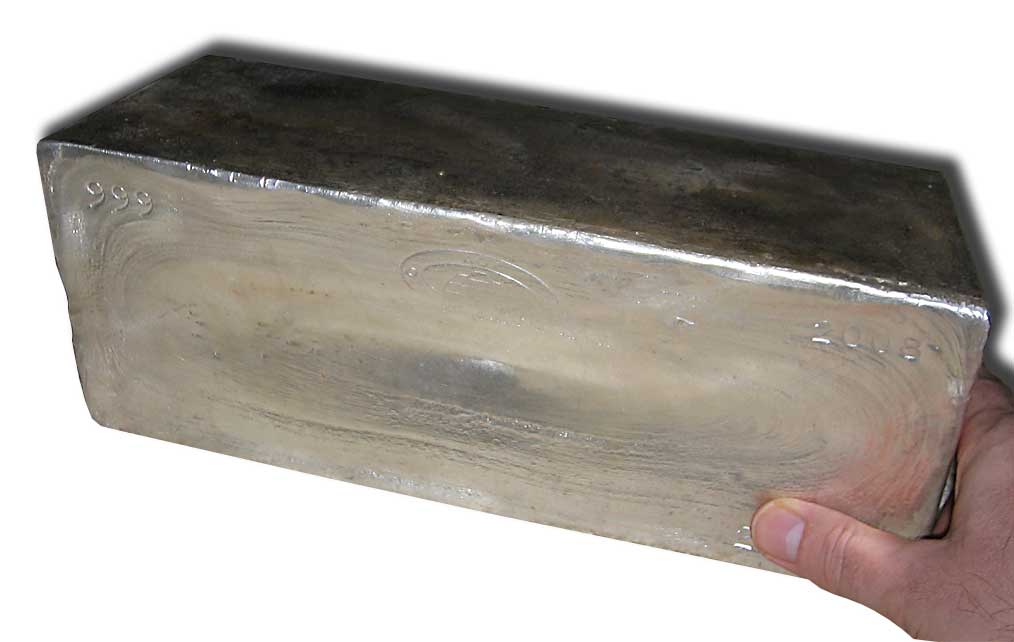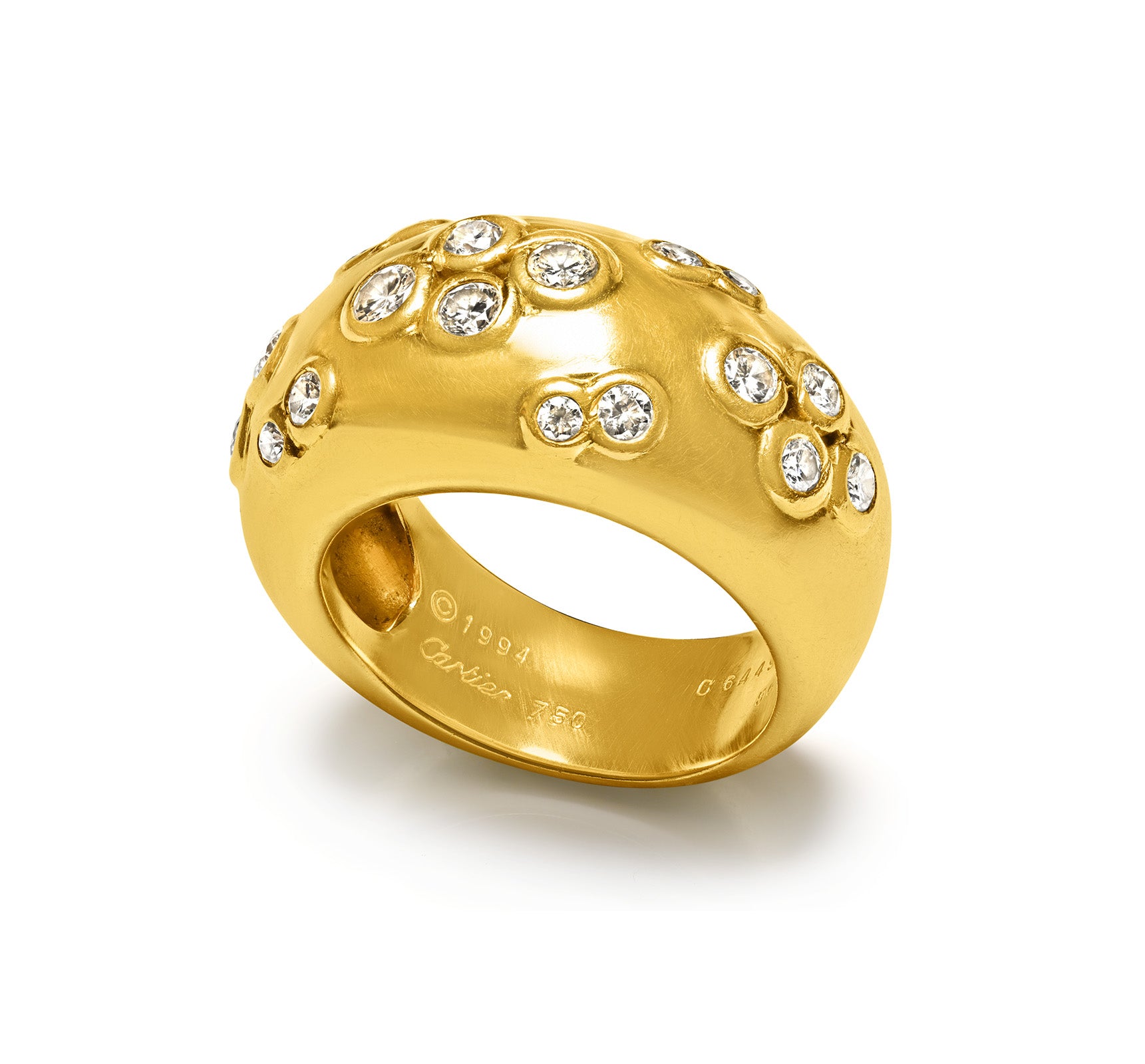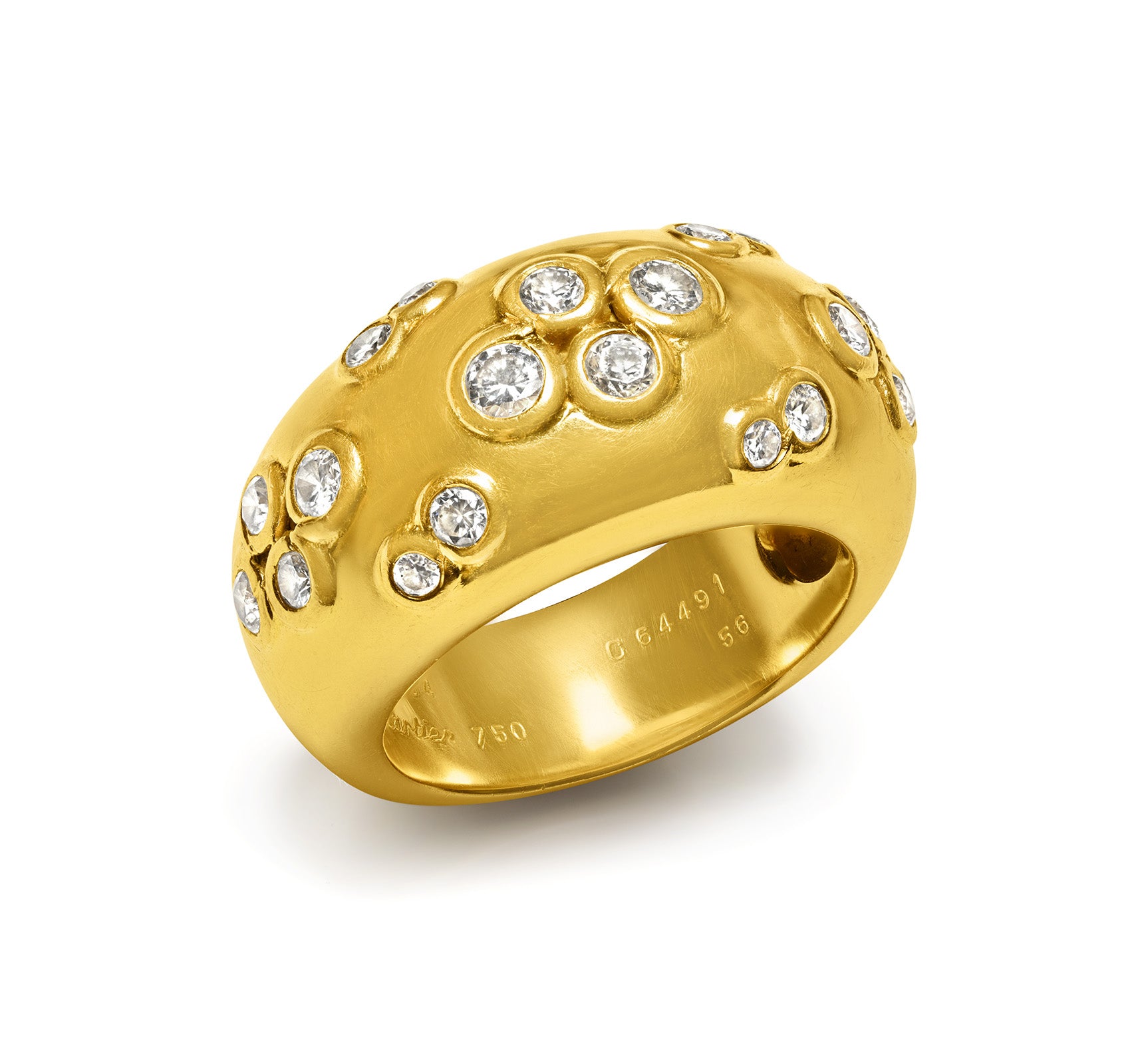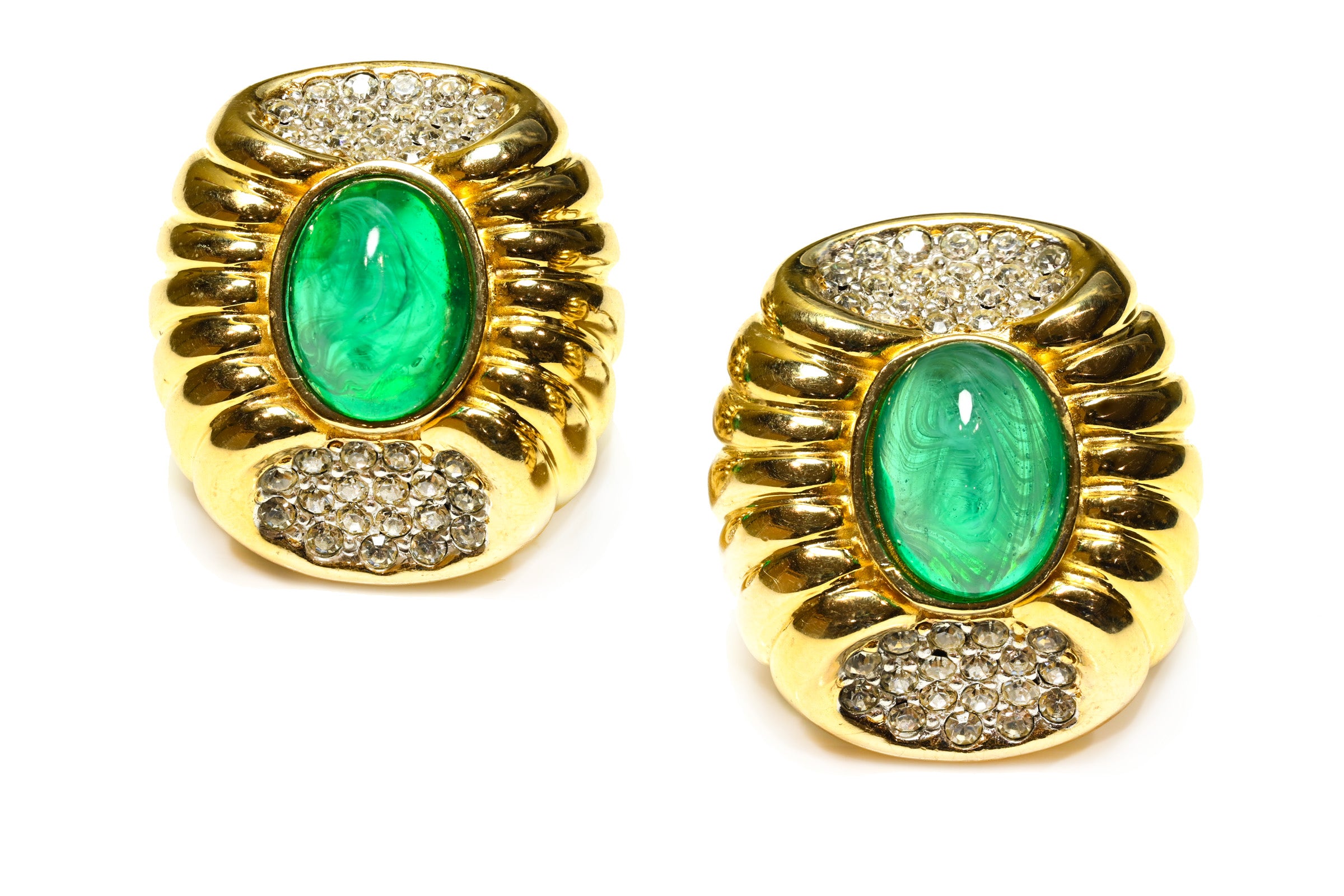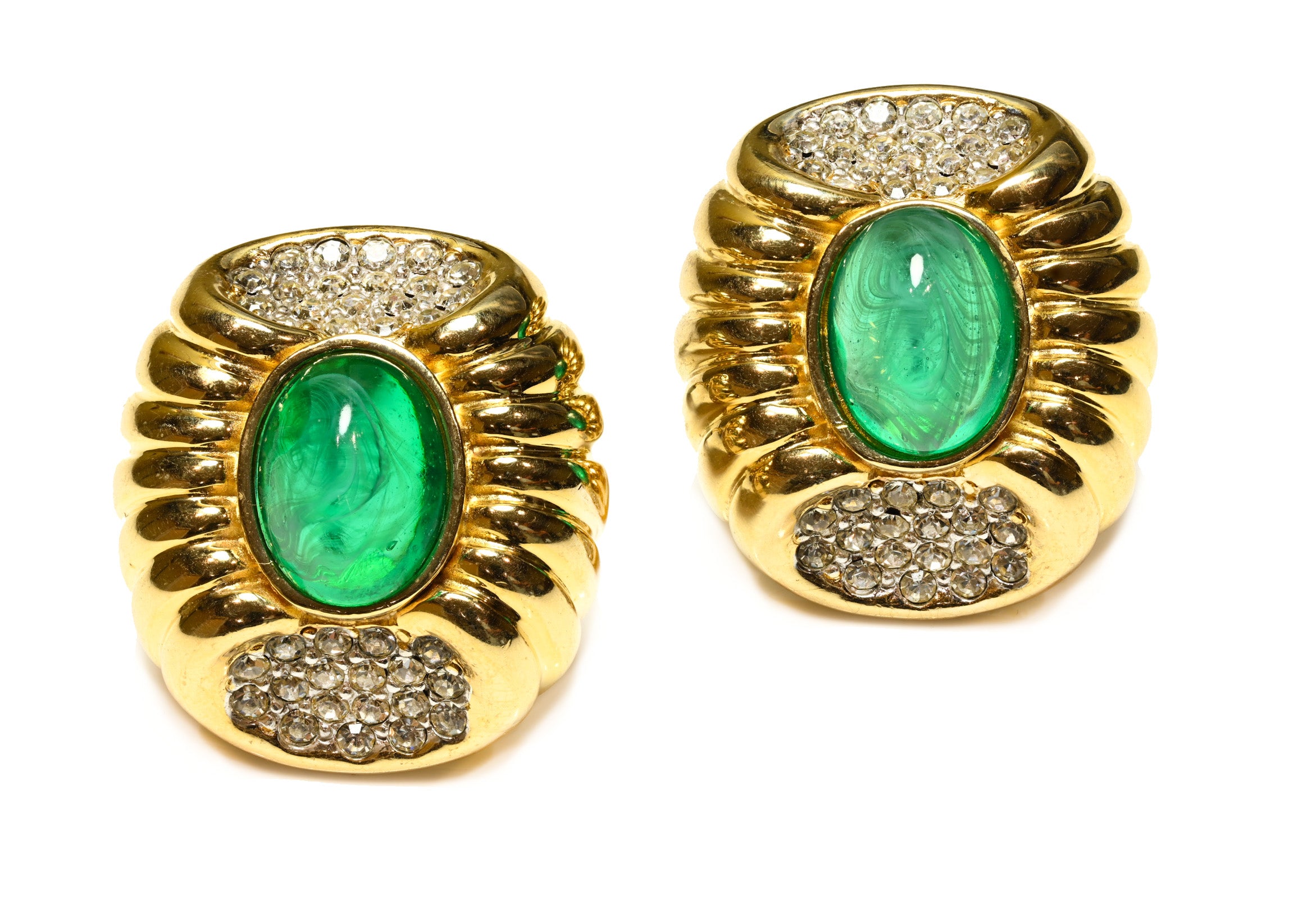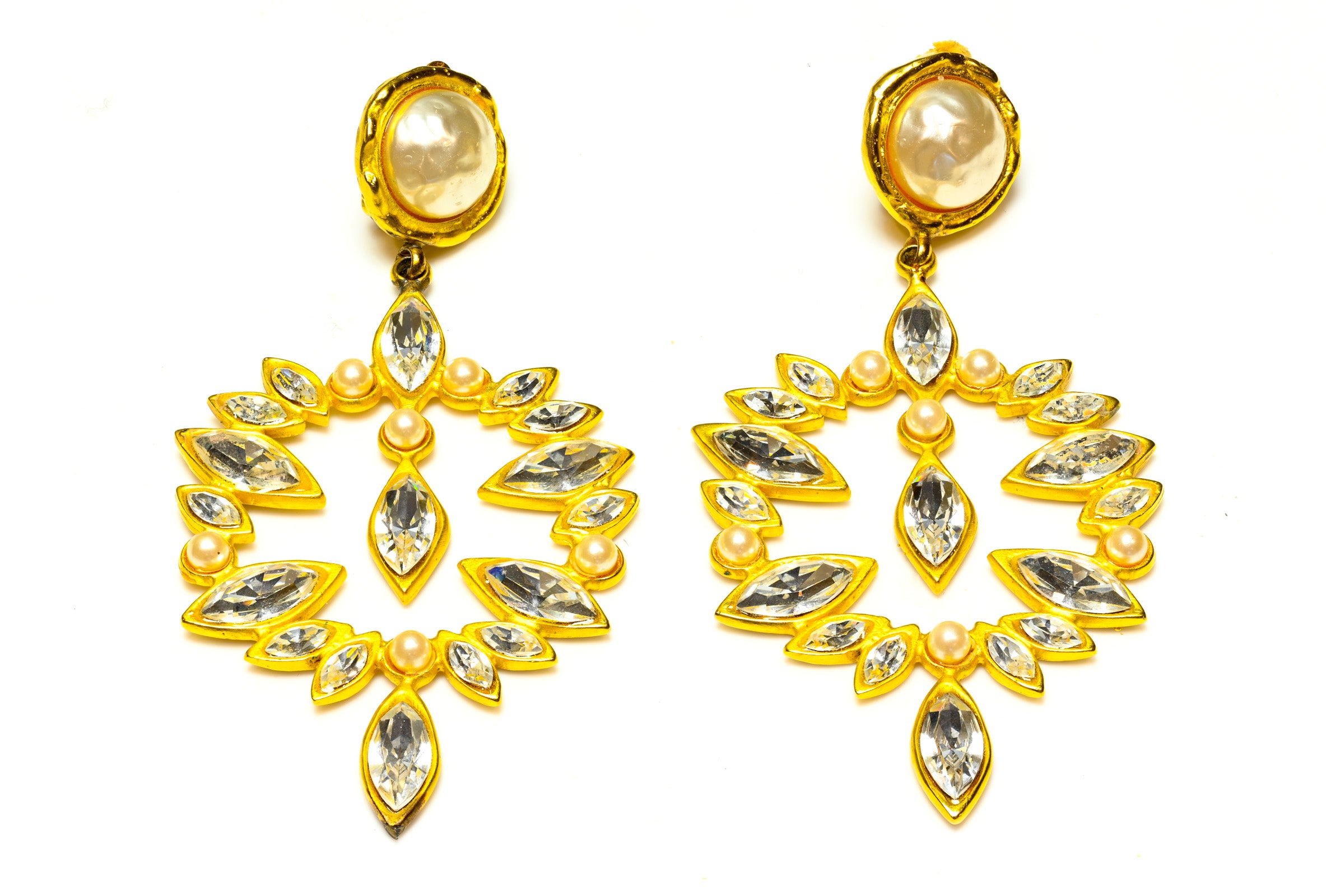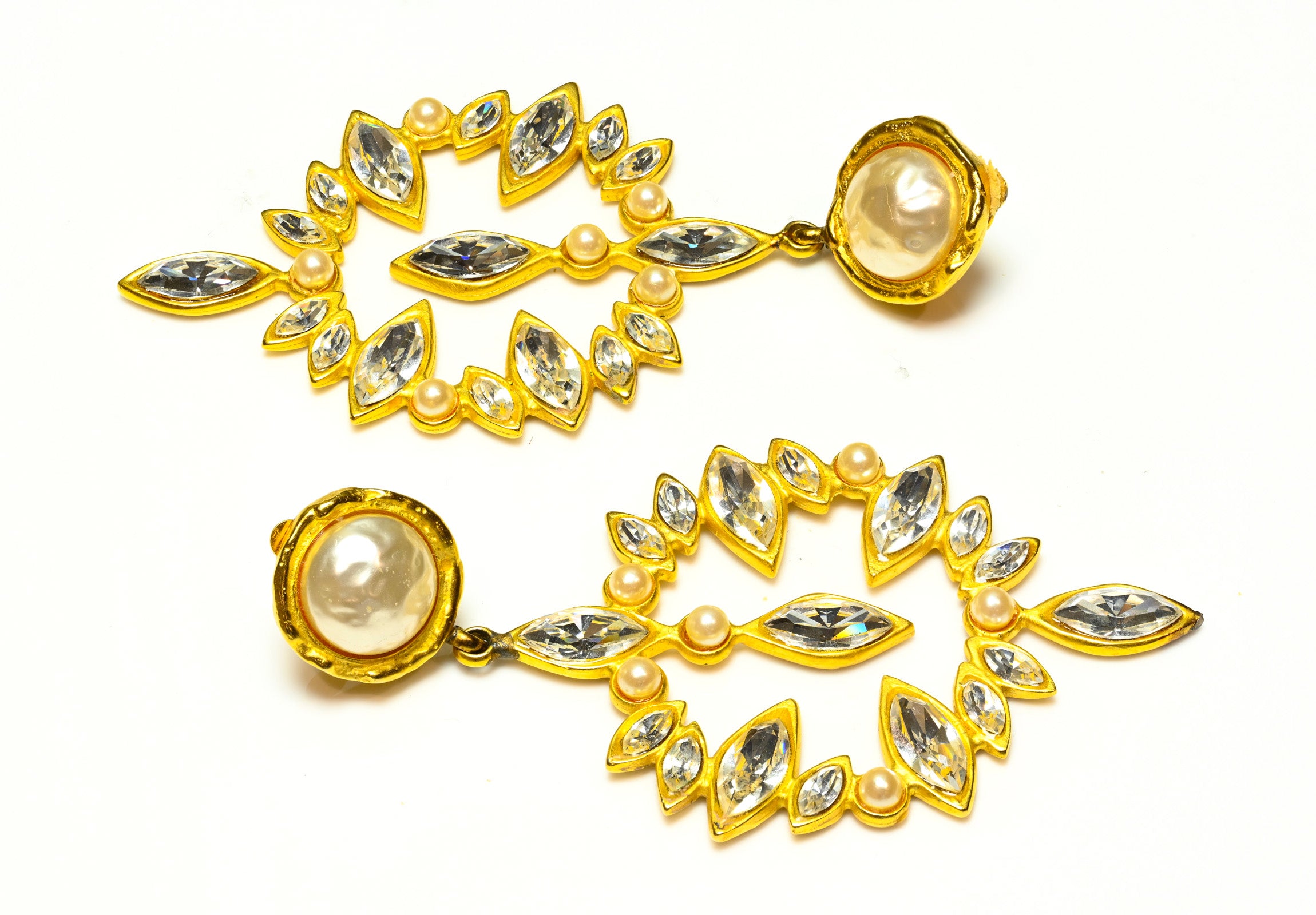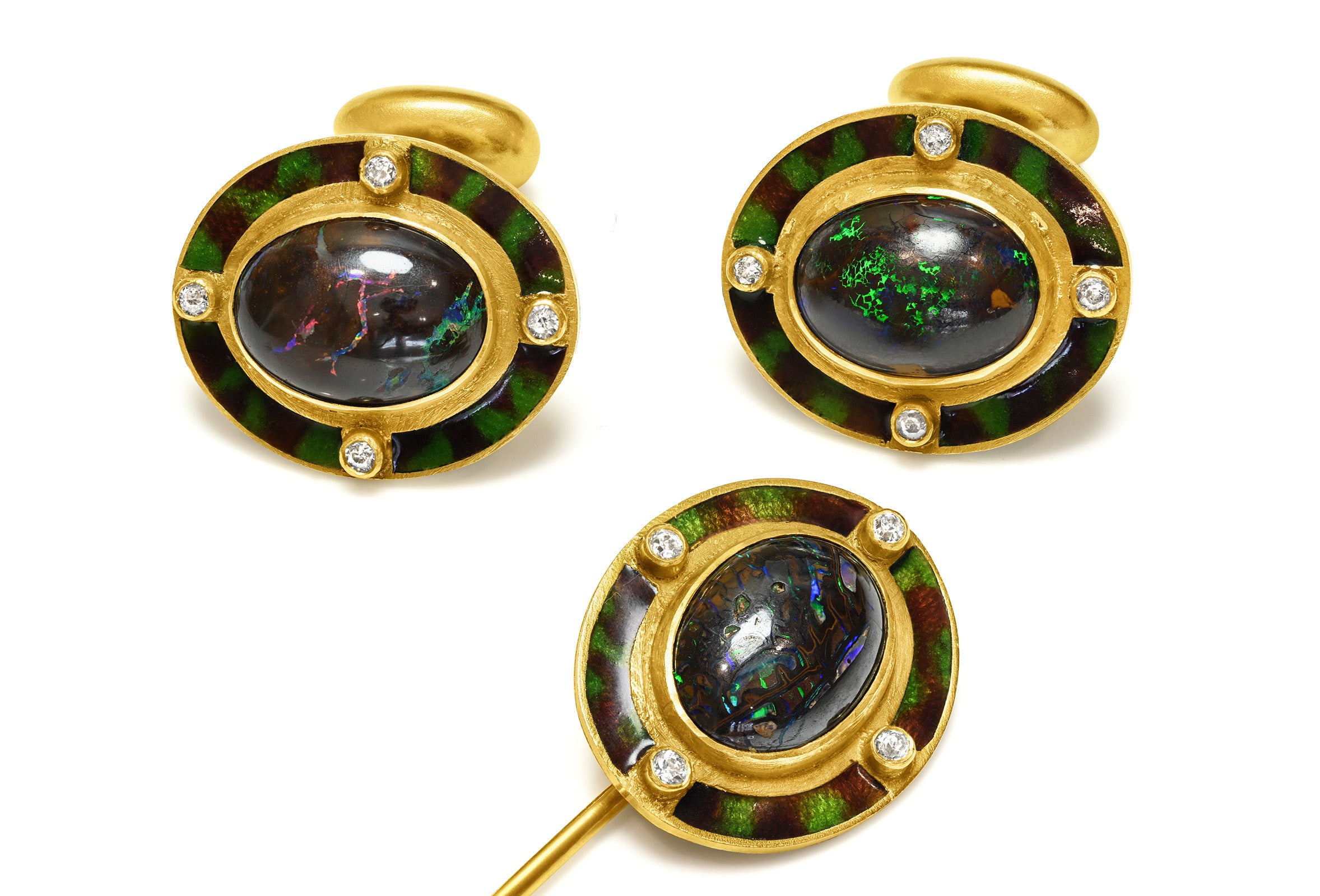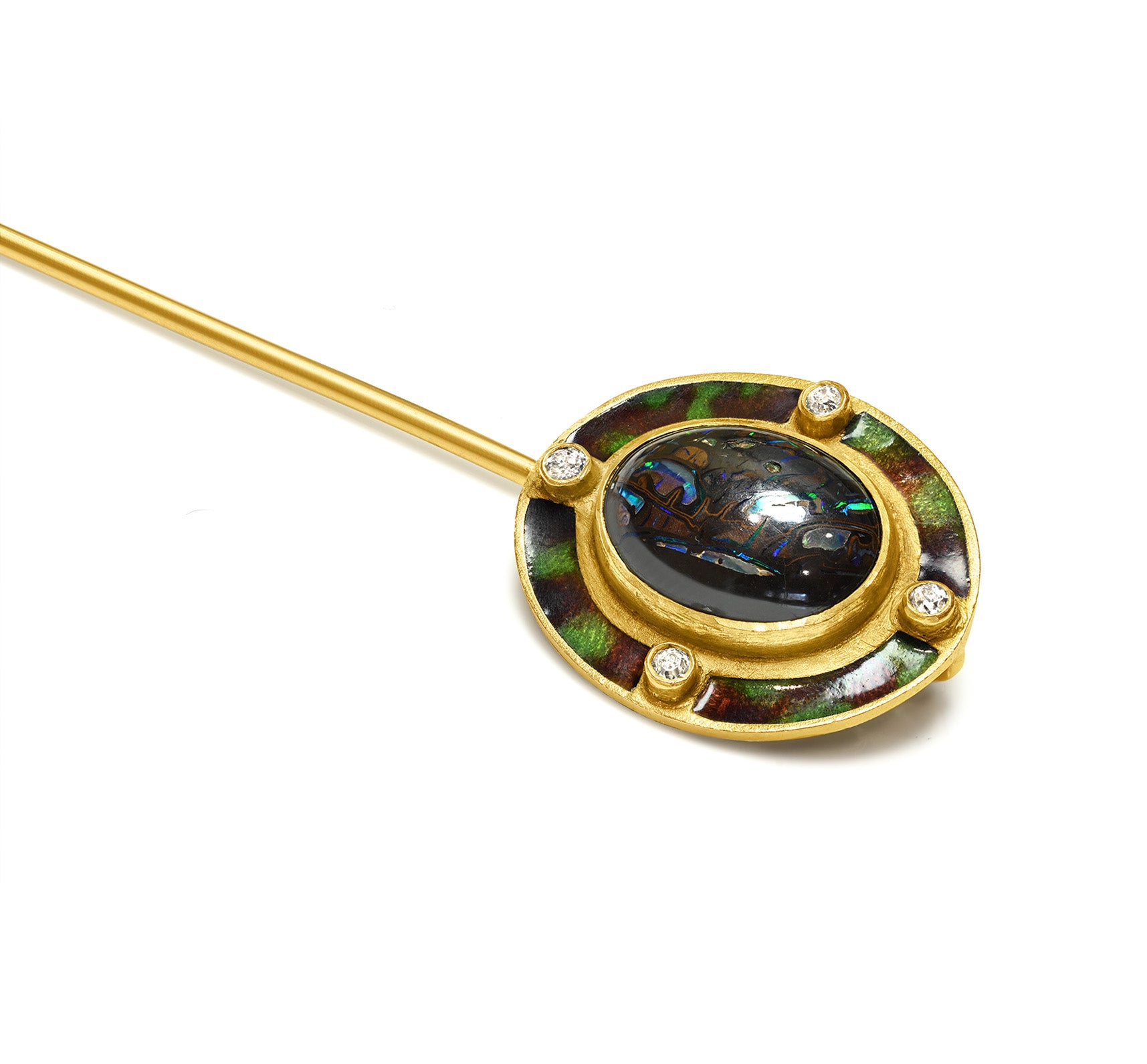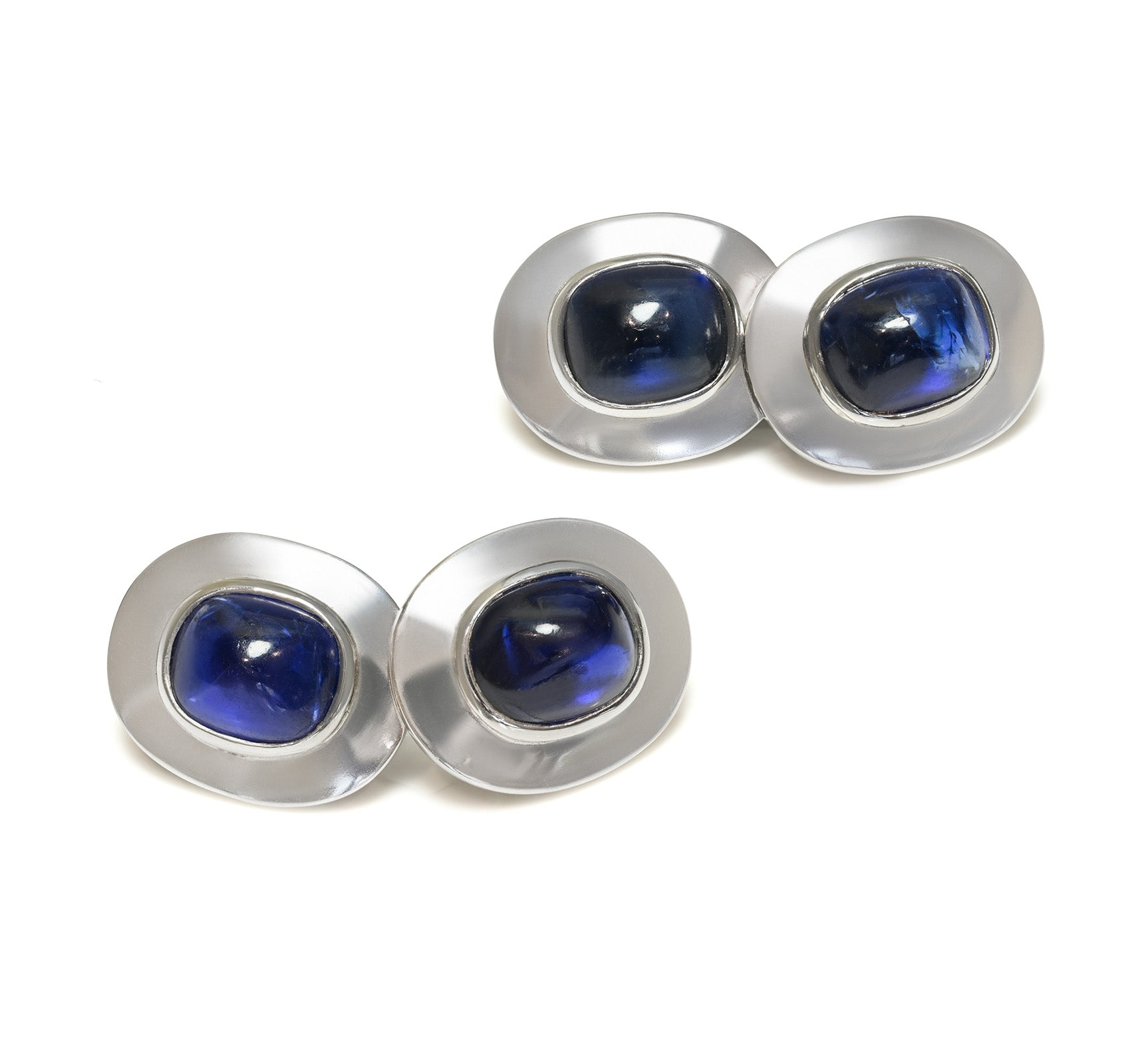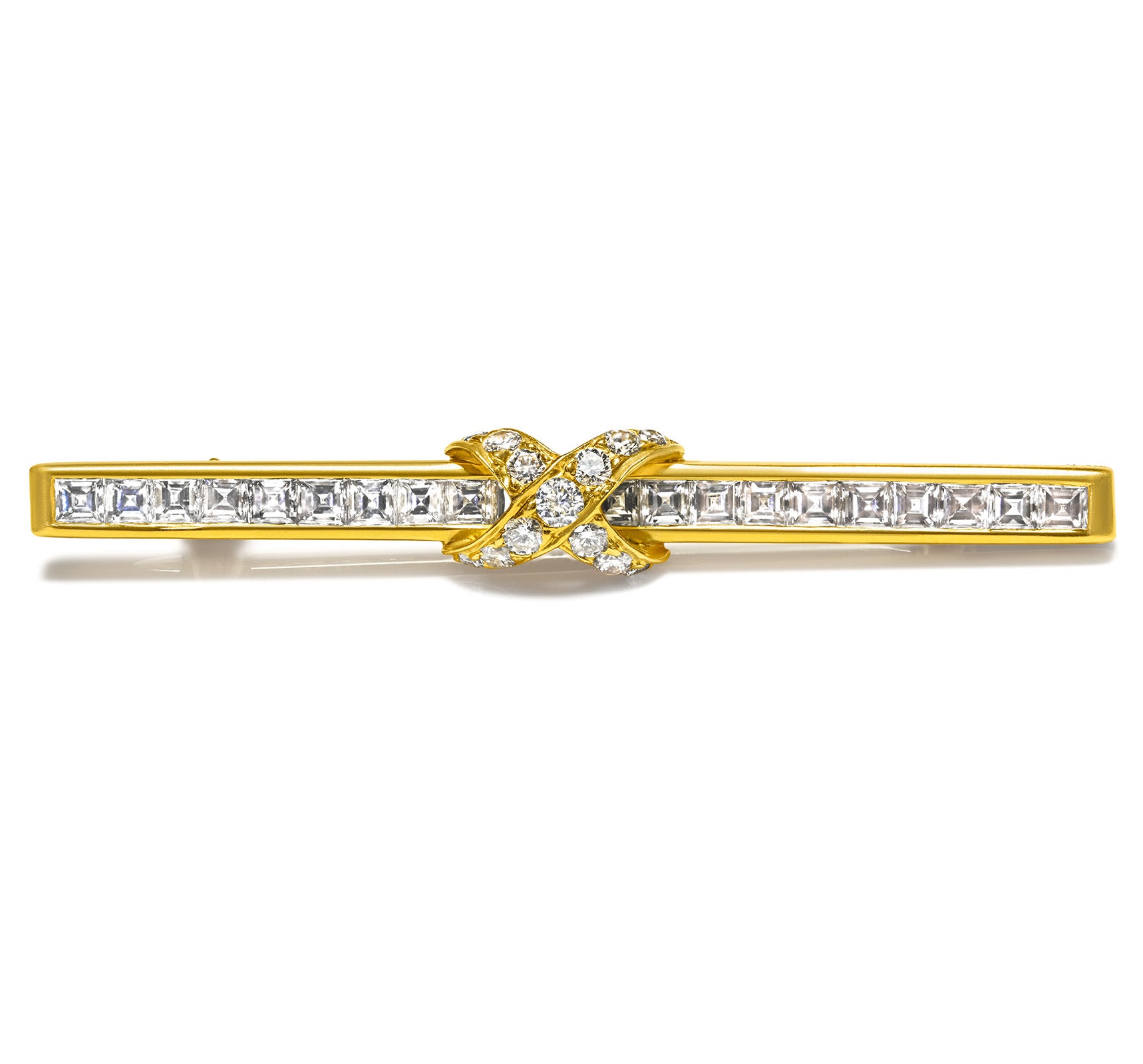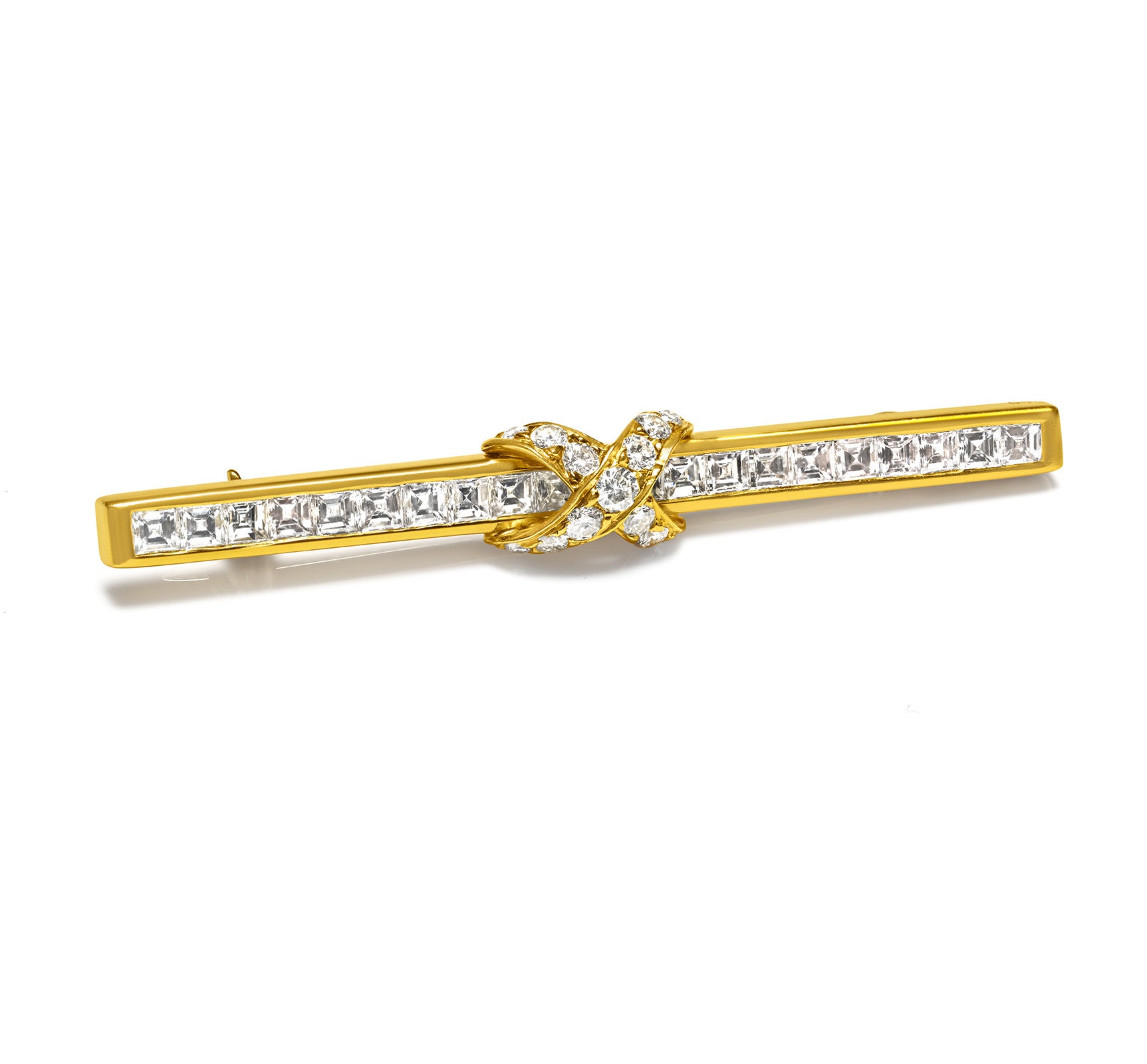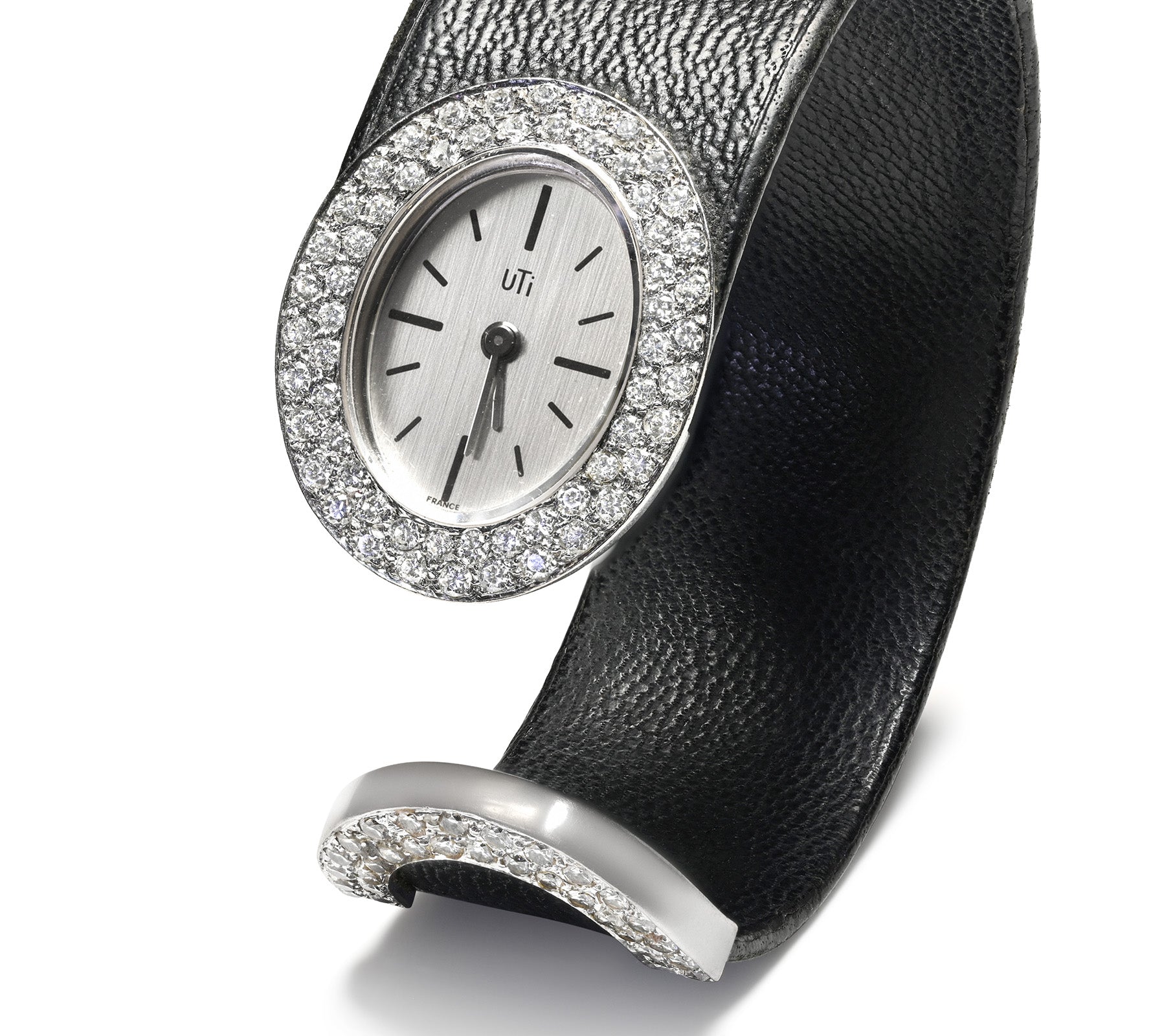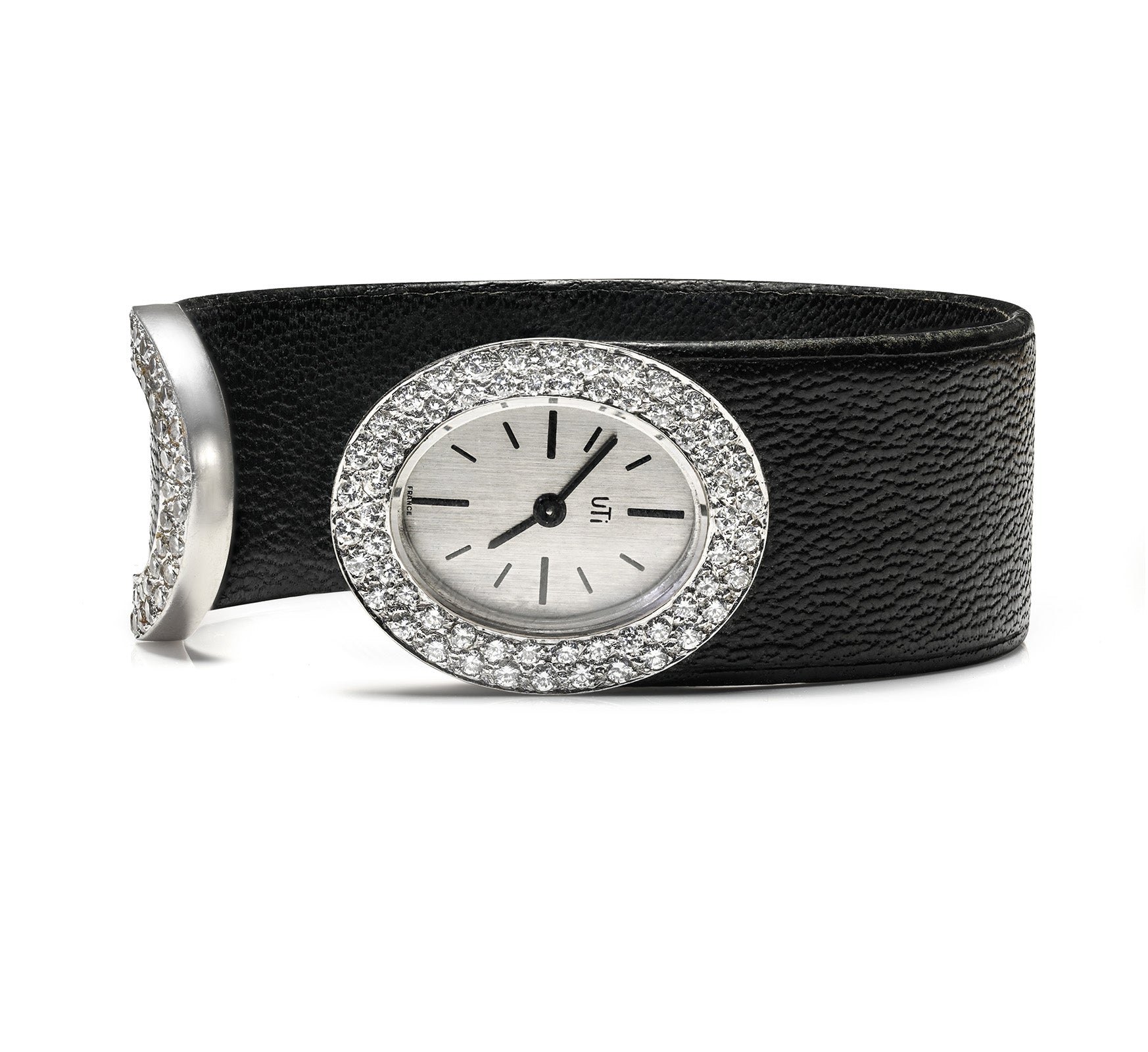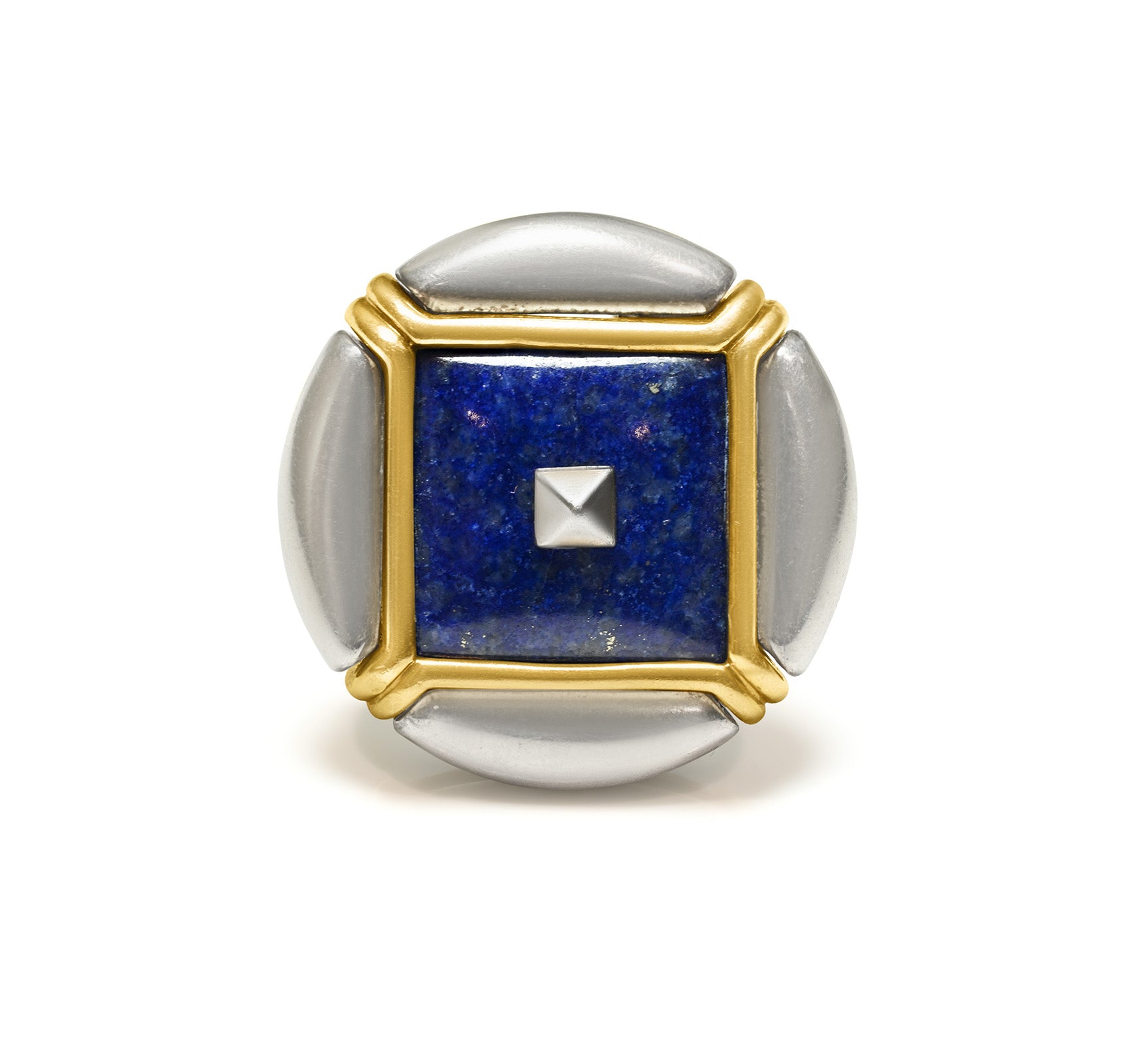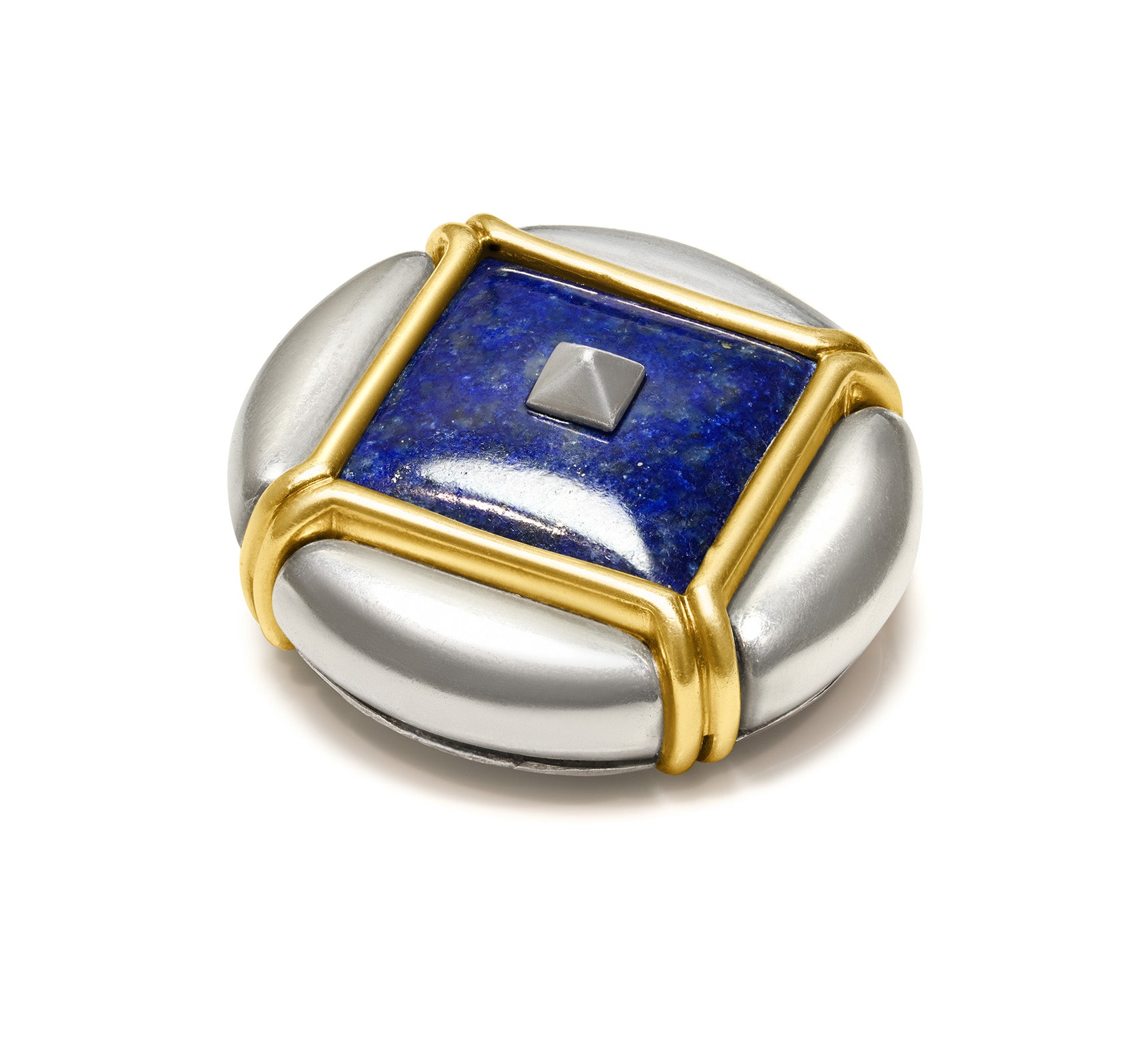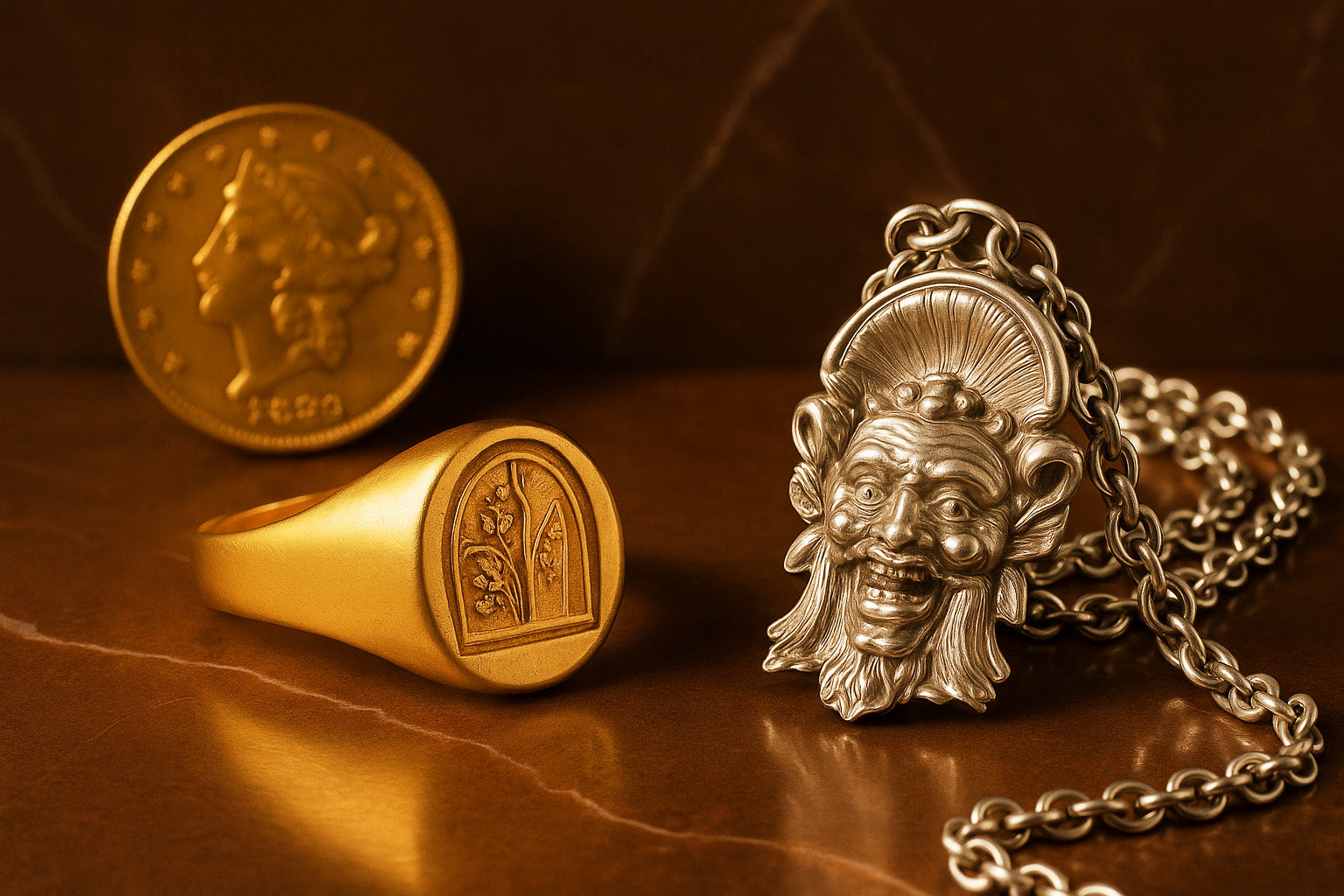
Gold and Silver Jewelry: Lessons from History for Modern Buyers
In times of uncertainty, few assets have inspired such enduring trust as gold and silver. For centuries, these precious metals have been symbols of wealth, power, and artistry — and for collectors of fine and antique jewelry, they continue to represent both emotional and financial value.
As record-breaking prices dominate 2025, questions naturally arise: Is it still wise to buy gold or silver jewelry today? To answer this, we must first revisit the past, trace the cycles of opportunity and correction, and see how today’s landscape reshapes the way we view fine and antique jewelry as both adornment and investment.
1. The Long Journey of Gold and Silver
Gold: A Universal Standard of Value
Gold’s beauty and rarity have made it the ultimate measure of wealth throughout history. Ancient civilizations used it as currency, royalty wore it as regalia, and modern central banks continue to hold it as a reserve asset. Even when nations abandoned the gold standard in the 20th century, the metal’s symbolic link to security and stability never faded.
Since the 1970s, when currencies became fully independent from gold, the price of the metal has fluctuated according to inflation, global confidence, and investor sentiment. Through wars, recessions, and financial crises, gold has served as both refuge and reminder — a material that transcends the volatility of paper wealth.

Silver: The People’s Metal
Silver’s story is more turbulent. It has been both a monetary metal and an industrial one — essential for coins, mirrors, photography, and electronics. Its dual role makes it far more volatile than gold, often outperforming during surges but falling harder in downturns.
In the 19th century, silver was gradually demonetized as nations adopted the gold standard, reducing its official use but not its cultural significance. Today, silver jewelry remains a favorite for those who appreciate its luster, accessibility, and intricate craftsmanship. From the ornate repoussé of the Victorian era to sleek modernist forms, silver reflects artistic trends while remaining tied to the global economy.
2. Lessons from History for Modern Buyers
Precious Metals as a Reflection of the Times
Both metals tell us much about human behavior. When economies thrive, people adorn themselves; when uncertainty grows, they store value. Periods of economic stress — the Great Depression, the oil shocks of the 1970s, or the financial crisis of 2008 — have consistently driven renewed interest in gold and silver.
But the most enduring lesson is patience. Those who bought during moments of calm and held through volatility often emerged stronger than those who chased short-term surges. Jewelry buyers can learn from this: pieces of enduring quality, beauty, and craftsmanship tend to appreciate regardless of market cycles.
Jewelry as More Than an Investment
Unlike bullion, jewelry carries intrinsic artistry — the creative expression of the era, the skill of the craftsman, and the emotional resonance of its design. For centuries, this combination of metal and meaning has made fine jewelry one of the most personal forms of wealth.
In antique and vintage pieces, value is often defined as much by craftsmanship and provenance as by metal content. A finely chased Edwardian bracelet or an Art Nouveau brooch by a renowned maker may command multiples of its melt value. These are wearable works of art that outlive economic cycles and trends.
3. The Modern Landscape: Gold and Silver in 2025
A World Turning Again to Tangible Assets
In 2025, gold and silver have once again captured global attention. Prices have reached historic levels as investors, collectors, and even central banks seek tangible assets in uncertain times. Economic volatility, rising geopolitical tensions, and inflationary pressures have all contributed to a renewed appreciation of physical wealth.
For jewelers, collectors, and buyers alike, this environment has both benefits and challenges. High metal prices elevate the intrinsic value of each piece but can also raise acquisition costs. The fine balance lies in identifying jewelry where design, rarity, and historical importance add long-term value beyond metal weight.
Implications for Buyers and Collectors
-
Increased awareness of metal content: Buyers now pay closer attention to karat purity, weight, and hallmark verification.
-
Selective purchasing: Collectors seek pieces that combine strong design with intrinsic material value.
-
Smaller, rarer markets: As raw materials rise, dealers and collectors compete for fewer truly exceptional pieces.
-
Revival of vintage and antique demand: Many prefer older jewelry with proven craftsmanship and intrinsic worth over contemporary, mass-produced items.
The current moment favors educated buyers — those who recognize that artistry and authenticity remain the most enduring currencies of all.

4. Understanding Jewelry as a Dual Asset
Gold and Silver Jewelry Are Not Bullion
When someone buys a gold ring or silver bracelet, they are acquiring far more than the underlying metal. The cost includes design, artistry, and the reputation of the maker. While the metal provides a “floor” of value, the craftsmanship provides the true appreciation potential.
A simple 18K gold bracelet may rise in value only with the gold market, but a signed Art Deco bracelet by Cartier or Boucheron could appreciate exponentially, driven by artistry and rarity. The metal gives it weight — the design gives it soul.
What Enhances Jewelry Value
-
Craftsmanship: Hand-engraved, enameled, or repoussé work increases desirability.
-
Maker’s signature: Houses such as Tiffany & Co., Bulgari, or Fabergé add brand heritage and collectible appeal.
-
Provenance: Pieces owned by notable individuals or featured in exhibitions carry historical cachet.
-
Condition: Restored or altered items often lose originality — untouched examples retain value.
-
Era and style: Certain design periods, such as Art Nouveau or Mid-Century Modern, have enduring collector followings.
In short, while metal prices fluctuate, artistry appreciates.
5. Buying Strategy in a High-Metal Market
1. Focus on Rarity and Design
In periods of high metal prices, buyers should look for pieces where design outweighs raw material value. A signed gold brooch from 1900 or a Renaissance-revival silver necklace has far more potential for long-term appreciation than a modern, high-markup piece of equal weight.
2. Choose High-Purity Metals
When gold trades at a premium, purity matters. Pieces marked 18K or 22K retain superior intrinsic value compared to 10K or 14K. Similarly, sterling silver (925) maintains desirability over lower-grade alloys.
3. Buy for Passion and Legacy
Fine jewelry rewards long-term ownership. A collector who buys a Victorian ring today for love and heritage — not short-term profit — is investing in an object that embodies history and emotion. Unlike bullion, jewelry can be worn, displayed, and passed down through generations.
4. Verify Hallmarks and Maker’s Marks
Authenticity is essential. Understanding national hallmarking systems — British, French, Italian, Russian, and American — ensures accurate valuation. DSF Antique Jewelry’s expertise lies precisely here: identifying, authenticating, and preserving pieces that meet museum-level standards.
5. Time Your Entry Thoughtfully
While metals remain elevated, it is often wise to buy gradually. Spreading acquisitions over time reduces exposure to short-term price swings and allows buyers to focus on exceptional opportunities rather than market timing.
6. Silver’s Renaissance
Though gold often dominates headlines, silver jewelry is experiencing a quiet renaissance. Contemporary designers and collectors are rediscovering its versatility and historic charm. Antique silver pieces — from repoussé lockets and Victorian bangles to Georg Jensen’s sculptural creations — are increasingly sought after for their craftsmanship and wearability.
Because silver remains more affordable per ounce, collectors can acquire larger, more artistic works at accessible price points. As industrial demand for silver continues to grow, the long-term outlook is strong, especially for antique or signed pieces that combine aesthetic merit with intrinsic material value.

7. The DSF Perspective: How to Approach Gold and Silver Today
A Balanced View of Value
At DSF Antique Jewelry, we view gold and silver not merely as commodities, but as vessels of human creativity. The real opportunity in 2025 lies not in chasing metal charts, but in recognizing which objects hold cultural and aesthetic significance beyond their melt value.
Exceptional antique jewelry unites intrinsic worth with artistry — transforming the act of buying into both investment and preservation. Each piece reflects a chapter in design history and stands as a tangible expression of enduring beauty.
Why Collectors Are Turning to Antique Jewelry
-
Scarcity: Authentic antique pieces are finite; no new Edwardian or Art Nouveau jewels can be created.
-
Sustainability: Acquiring vintage jewelry supports a circular luxury economy with minimal environmental impact.
-
Cultural heritage: Collecting historical jewelry safeguards artistic techniques that might otherwise disappear.
-
Hedge against inflation: Gold and silver content provide a stable foundation of value even in uncertain times.
-
Aesthetic legacy: Unlike bullion, antique jewelry carries emotion, narrative, and individuality.
For discerning buyers, this is an opportunity to acquire beauty and history simultaneously.
8. Navigating the Market: Practical Guidance
-
Research before purchasing: Understand karat markings, assay symbols, and stylistic hallmarks of specific periods.
-
Seek expert verification: Reputable dealers provide transparent metal weights, gemstone reports, and maker identification.
-
Preserve documentation: Certificates, appraisals, and provenance notes enhance resale value.
-
Consider restoration carefully: Light cleaning preserves integrity; over-polishing can erase history.
-
Insure appropriately: Rising gold and silver prices mean rising replacement costs — update valuations regularly.
DSF’s team continuously monitors global precious-metal trends and integrates them into pricing and acquisition strategy, ensuring clients benefit from informed expertise and authentic sourcing.
9. Looking Ahead: The Role of Precious Metals in Fine Jewelry
While market forecasts vary, one truth endures: gold and silver remain central to the identity of fine jewelry. Their beauty is constant, but their meaning evolves with each generation. Today, buyers are not only collecting for adornment but for continuity — preserving artistry, history, and tangible value in an increasingly digital age.
For those considering whether to buy now, the most compelling reason may not be profit but preservation. Each antique jewel embodies the human spirit of creation, the patient mastery of artisans, and the resilience of beauty through changing times.
10. Conclusion: Beauty, Value, and the Future of Collecting
Gold and silver have survived empires, wars, and economic upheaval — and yet, their allure remains undimmed. For the modern collector, the wisest path lies between passion and prudence: acquire pieces that speak to the heart as well as to the market.
Fine jewelry, especially antique and signed creations, allows you to hold history in your hands — a form of wealth that is both tangible and transcendent.
As the world navigates financial shifts, owning exceptional jewelry is not merely about investment; it is about legacy. And in that legacy, beauty will always hold its value.
Available now at DSF Antique Jewelry: explore our curated selection of gold and silver treasures — each authenticated, expertly preserved, and chosen for its harmony of craftsmanship, rarity, and enduring worth.
Visit DSF Antique Jewelry

